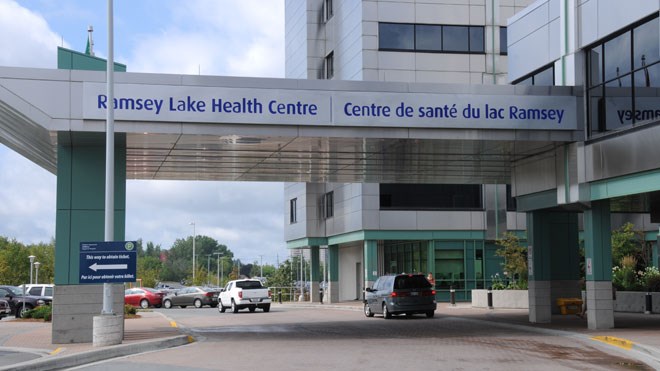Health Sciences North has as many as 20 fewer alternative level care (ALC) beds being used today than they did at this time a year ago.
Since implementing an ALC prevention strategy in partnership with the Northeast LHIN last September, the hospital has steadily been able to keep their number of beds used for ALC patients under their target of 75, dipping as low as 56.
At this time in 2017, the hospital was sitting at an average of around 93 - 97 ALC beds, and throughout much of last year were in the range of 105-106 beds.
Meeting on Jan. 9, the HSN board discussed the success that they have seen since the formation of the executive working group for ALC and the importance of a collaborative effort between both Health Sciences North and the Northeast LHIN.
"For a long time it was us (HSN) who had to wear the responsibility for those ALC numbers," said HSN board member Floyd Laughren. "To what extent does the province understand that this is a shared, community responsibility?"
HSN CEO Dominic Giroux was not interested in pointing fingers, but rather looking at the positives, namely that the most recent numbers showed 71 ALC beds, four under their target of 75.
"It doesn't matter whose data it is, what matters is that we're seeing improvement," said Giroux. "We're putting aside who is accountable for what data and making sure there's quality care and that it's a collaborative effort. We (HSN and Northeast LHIN) are on one team."
Giroux made a light-hearted comment that HSN board chair Nicole Everest is always checking up on the ALC numbers and has been pleased with what she's been seeing.
"There's always going to be pressure with this, but we're figuring out ways to leverage our community partnerships and working together with the LHIN," said Everest.
"We knew we really needed to focus on this and we're making sure that we're doing the right things and making the best use of our resources."
This is especially true at this time of year, with a particularly bad flu strain going around, adding pressure to hospitals as patient intake tends to spike during flu seasons.
HSN has been working with community partners like Daffodil Lodge, which is located in the Northeast Cancer Centre, who have extended what was originally a six-month pilot that began last May to provide eight ALC beds.
Other community organizations like St. Joseph's Continuing Care and ICAN have also stepped up to provide spaces for patients who need that middle ground where they don't require acute care in the hospital but aren't quite well enough to return home.
"We're still working with Daffodil Lodge and the goal is to transfer this service into the community," said David McNeil, VP of patient services with HSN. "You'll always have some ALC patients in the hospital, that's the reality, but our goal is to get down to nine per cent, which is less than 40 beds."
The collaborative efforts of HSN and the LHIN have also yielded a positive result with the hospital's overall occupancy rates, according to McNeil, who says that there is certainly a correlation between the two statistics.
"When we were sitting up around 105 ALC patients, our occupancy rates were near 113 per cent," said McNeil. "Our occupancy numbers are closer to 101 or 102 per cent now."
